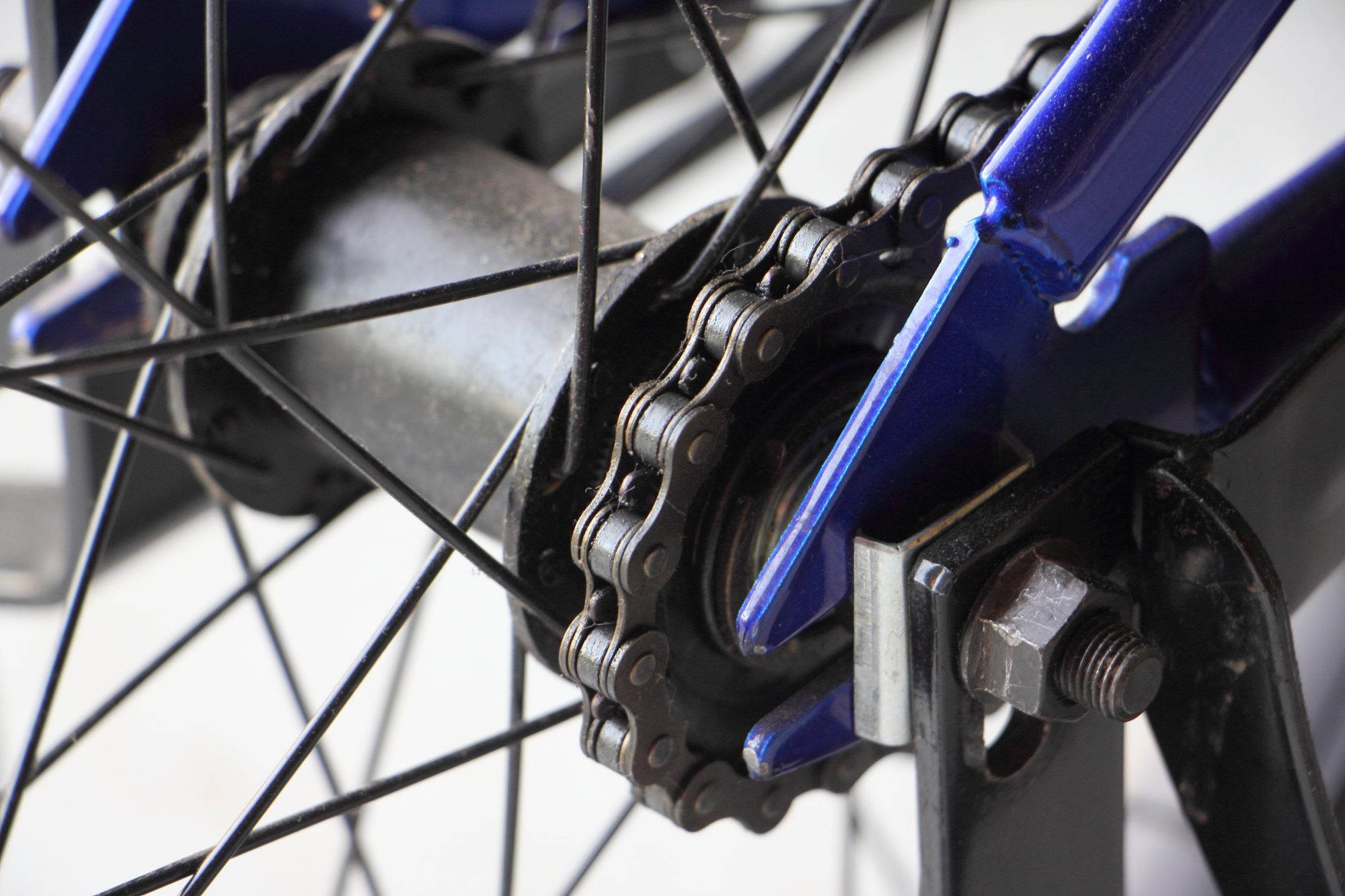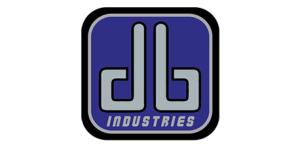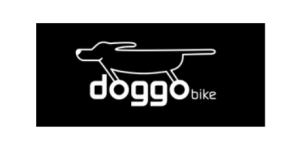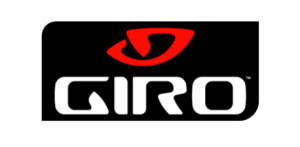Electric bikes are rapidly growing more popular by the day. However, they are most notable for providing two-wheeled electric transit for pleasure riding and commuting. The two most popular electric motor system designs used for recent electric bikes are mid-drive motors and hub motors.
How do you know which one of these two is suitable for your needs? How do you know which one is more beneficial than the other? Keep reading below to find out more about Hub-motor and Mid-drive motors.
Generally, Hub motors are the most commonly used type of electric motors ahead of mid-drive motors. Hub motors place the electric motor in the centre of the bicycle wheel to achieve equal load distribution.
However, mid-drive motors are not far behind as well. Mid-drive motors are reducing the usage rate of hub motors in recent years and are certainly here to stay. A mid-drive device harbours the motor a little bit closer to the center of the e-bike and transfers the motor’s power. The powered transferred is moved to the rear wheel through the bike’s chain drive.
Furthermore, both hub-motors and mid-drive motors have a few unique advantages and disadvantages. Therefore, choosing the right engine for you will mostly depend on your requirements and which benefits seem appropriate for your needs.
Also, there are varieties of motor sizes, styles, and cost points from which cyclists can choose to suit their needs. Nevertheless, a little confusion may arise with the differences in some of the specs, especially the electric motor positioning. It’s essential to know the differences between the two common types: mid-drive and hub-drive.
Let’s get into it!
Related article: How To Choose An Electric Bike? A Complete Buying Guide
What is a hub motor?
A hub motor is a broad terminology used in defining the type of electric motor placed in your e-bike’s wheel. A hub motor powers your e-bike’s wheel directly without any assistance.
The hub motor is often found in the rear wheel hub and is sometimes attached to the front wheels. The hub motor is often completely contained and requires no internal unit maintenance with 100% performance guaranteed.
Hub motors are classified into two main types, namely; geared and gearless hub motor. The geared hub-drive motor has an epicyclic gear that gradually reduces the RPM of the motor to a slower speed. This makes it more comfortable to drive the wheel.
The gearless hub motor, on the other hand, connects the wheel directly. The gearless hub motor drives your home instantly with no additional gears to reduce the bike’s speed.
What is a mid-drive motor?
A mid-drive motor is a type of motor that sits in the middle of your electric bike – right in-between your pedals. The mid-drive motor connects directly to the front gear known as the chain-ring and drives the chain directly.
This, however, uses your existing gears and drivetrain, which can potentially place additional stress on your chain and sprockets. So, ensure your e-bike uses a functional chain to avoid breaking your chain while going on long rides regularly.
Related article: A Comprehensive Guide to Electric Bike Maintenance
Mid-drive motor advantages
Firstly, mid-drive motors were initially designed as an upgraded version of hub motors. They are meant to improve on the few shortcomings of the hub motors. So, they are expected to have a few more features that are ahead of hub motor devices.
Gear ratio
The most significant advantage that mid-motor devices have over hub motors is their gear ratio. The gear ratio allows you to power the rear wheel using the same chain and gear set as the pedals. This means that low gears can be used for accelerating from a stop with substantial torque or powering up steep hills.
It can ascend steeper hills
A mid-drive motor in low gear can ascend steeper slopes better than a hub motor with similar power. It can as well climb hills longer than a hub motor – which may overheat on climbing steep hills for long. A mid-drive motor is more portable and lightweight than a hub motor device with the same power.
Easier to change your tyres
Changing your e-bike tyres on a mid-drive motor is far more comfortable when compared to a hub motor. This means you can always change your e-bike tyre to suit your next riding route and destination.
Changing the tyre also consumes less time than hub motors since you don’t have a heavy hub-motor to deal with. You can just change it out quickly like your usual conventional pedal bike.
Torque sensors
Mid-drive motors permit the use of genuine torque sensors for pedal-assist systems, which controls the motor power. However, this is based on the level of intensity you apply on the pedals as calculated at the crank. Hub motors usually rely on RPM sensors for pedal-assist, which only controls motor speed based on the pedal speed.
Disadvantages of mid-drive motors
The most significant flaw of mid-drive motors is that they can be brutal on your drive system. A healthy person can put out 150W of power for long, and 300W of energy during a tight sprint is feasible.
However, a mid-drive motor can deliver outputs of about 300 to 750W of power continuously. That’s more like having a professional cyclist hitting hard on your pedals all day long. A cheap bike chain just doesn’t stand a single chance.
This is why most retail mid-drive e-bikes usually come with enhanced bike chains as a backup. Chain snaps are the top maintenance problem on every mid-drive electric bike. Another reason is that both the pedals and motor are dependent on the chain to drive the wheel.
Nevertheless, one way to reduce the chain problem at once is to purchase a mid-drive electric bike with a belt drive. Although using an electric bike with a belt drive is more expensive compared to one with a chain drive.
Furthermore, due to the numerous moving components in a mid-drive motor, there are more contacts for failure and maintenance. If the motor system fails, it can be more expensive to replace compared to easily swap out a hub motor.
This is more critical for a mid-drive motor that is built directly into the frame of the bicycle. Also, mid-drive motors are generally more expensive than mass-produced and universal hub motors.
Related article: Buying an affordable electric bike conversion kit – all you need to know
Advantages of hub motors
Hub motors have a whole host of benefits. Chief amongst these advantages include:
Reduced maintenance efforts
One of the most significant advantages of hub motors is that they require less or no maintenance at all. They are entirely independent drive systems that retain all of their components inside the motor casing, leaving zero chance for support.
This enclosed system type also means that there is less or no chance for failure. The two (2) main types have different advantages and disadvantages as well. The gearless hub motors directly connect the lower RPM motor stator’s axle to the bike. Whereas, a rear hub motor, unlike the gearless, reduces the RPM to lower the speed of the bike.
Also, geared hub motors typically have just one weakness – i.e. the gears. Over regular usage, a tooth can break off, and the reinforced nylon gears stripped eventually. However, a gearless hub motor doesn’t have any such weakness.
Gearless hub motors have zero moving components apart from their bearings, so there is generally nothing to wear out. As long as they don’t wear down or rust out their bearings, they have the potential to last longer.
Hub motors help limit your e-bike’s other component routine maintenance, unlike mid-drive motors. Since hub motors are not connected to the central pedal drive system, they don’t add any additional stress to your chain. Neither do they cause any of those components to wear out quickly? The hub motor will allow your chain to last longer than the mid-drive chain will; because it does more of the work. This allows your bike’s chain to sit idle most of the time with less work to do.
Ease of use
As a comprehensive independent motor system, hub motors add redundancy – an extra lifeline. Since the pedal drive and the hub motor system are entirely separate, you can get home with one in the absence of the other.
Did your chain break while you’re hitting it hard on the road? Throw the chain in your backpack and ride to your destination with just electric power. Did your hub motor encounter a failure? No worries. You’ve got a backup with your pedal. Either way, there is no stopping to your riding experience. This is more significant if you’re far away from home, especially for older adults or those who use an e-bike for rehabilitation.
Improved balance
Also, the weight of a hub motor can affect your e-bike’s balance positively, depending on the situation. Sometimes, it may be ideal to have the weight of the motor farther backward or forward in one of the wheels. This is especially ideal for electric bikes with rear-mounted batteries. In such, a front hub motor can redistribute the load to ensure the accuracy of the centre of gravity.
Lastly, hub motors are more affordable than mid-drives. Hub motor e-bikes are often produced in mass by hundreds of thousands of manufacturers and are more common in Canada. In some cases, the same designs have been in continuous use for decades now. This means that the prices are astonishingly affordable for the masses.
Related article: Tips for Electric Bike Beginner
Disadvantages of hub motors
The significant disadvantages of this e-bike motor system include:
Gear ratio
Perhaps the most significant disadvantage peculiar to hub motors possess is that they can only allow a single gear ratio. While this is okay for flat-terrain cruising, a high torque gear with lower speeds would be preferable for climbing hills. It’s just not as effective to use a single-speed motor when working at a low RPM range under load.
Weight
Hub motors are often heavier than mid-drives, and that weight is not sprung weight on suspension bicycles. This can reduce the effectiveness of bicycle suspension and transfer more bumps to the rider.
Works only with specific parts
Hub motors are often limiting when it comes to parts that make up the wheel such as tires, cassettes, and rims. You may not be able to use your favourite tyre because you’re limited to the rim that comes with the hub-drive. Also, the width of hub motors often excludes cassettes with more than (7) speeds.
Tyre changing is also more challenging with hub motors. It’s either you detach the motor wire or wrestle a heavy complete wheel while it’s still connected to the bike.
Front hub motors vs. Rear hub motors
Of course, hub motors can be installed in either rear or front wheel. However, the difference between the positions of the motor also creates a few other special advantages and disadvantages. Front hub motors can perfectly balance the e-bike’s weight because more weight is generally focused on the rear wheel.
Also, front wheels usually receive lesser flats than the rear wheels. This is because they frequently kick up road debris and prepare it for the rear wheels. Generally, a front hub motor usually leaves the rear wheel intact for more comfortable tyre and tube changes.
Furthermore, the lower weight on the front wheel of your e-bike means less traction. Therefore, more powerful front hub motors may often cause burnouts with continuous pegging of the throttle. The front forks are also not as robust as the rear dropouts.
This means a powerful front hub motor can eventually damage the fork over time. Also, strong hub motors of 750W and above are usually best kept in the rear wheel of an e-bike.
On the other hand, a rear hub motor has the advantage of stronger frame mounting and better traction. They also do not cause a slight odd gyroscopic effect when cycling at higher speeds.
Perhaps the best thing about rear hub motors is that they give you more of a motorcycle feeling. This is a far better feeling than that of a front motor which feels more like a bicycle. However, once you attain steady speed and are riding in a straight line, the differences between the two are almost unnoticeable.
Related article: How an Electric Bike Works?
In summary
Lastly, before choosing the type of e-bike to purchase in Canada, the motor type should always be your reference point. Also, whether you are researching a multitude choice of e-bike configurations or you’re looking for a best-performing e-bike, the motor type is essential.
Both hub motors and mid-drive motors are significant in the electric bike market. However, your choice of motor system will always be based on your commuting requirements. Need more help? Call us today!




















